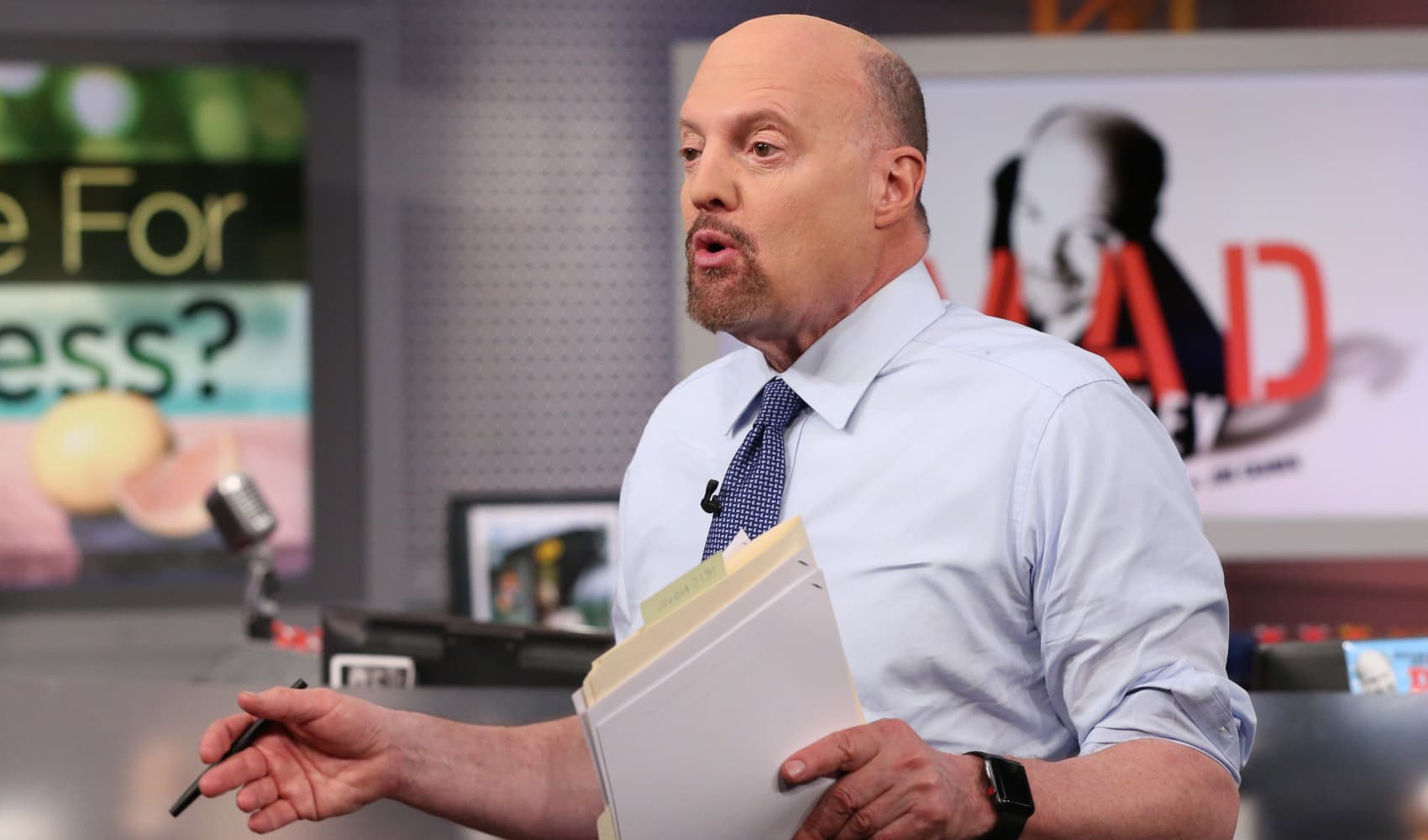
Janis Burl knew she wasn't the typical social media manager, and the government agency she worked for — the Transportation Security Administration — wasn't one you'd expect to post pun-heavy captions with pictures of airport contraband.
So, how'd Burl turn the TSA's Instagram into a must-follow account, with "Tonight Show" cameos and more than a million followers to date?
It all comes down to sticky notes, as she told author Simon Sinek on a recent episode of his "A Bit of Optimism" podcast. Recently retired from government work, Burl outlined the tiny sticky-note trick that helped her master a totally new skill — and that anyone can adopt when starting a new position.
Burl's career path was nonlinear: She joined the Air Force, worked as a UPS driver and served as a TSA officer before being approached by a branch manager about "a little program" the agency was working on.
Get New England news, weather forecasts and entertainment stories to your inbox. Sign up for NECN newsletters.
That little program concerned the foundation of the TSA's currently flourishing Instagram presence. Burl was handed a binder with the groundwork that had been laid up until that point.
But she had no professional social media experience, and as a middle-aged woman, felt out of depth in a field known for its youthfulness.
First, Burl went through the binder, putting sticky notes on each individual topic she didn't understand — which ended up being a lot, she said.
Money Report
Then, she started asking the branch manager every single question she had, continuing the process until each sticky note question was clarified.
"That was the beginning of my social media career. No formal training," Burl said.
Her method — reading, researching and asking every seemingly simple question — helped her repeatedly jump between disparate jobs throughout her career, she added.
Anyone can benefit from that jack-of-all-trades, generalist perspective, Sinek said on the podcast: It encourages you to stay curious and "open-minded to the ideas of others," which he called "essential for great leadership."
"I love a steep learning curve. I love being the dumbest person in the room — and then I get good at my job," Sinek said, adding that once a job becomes "more about maintenance rather than learning," it's time to make some kind of change.
That's a common experience. People are most engaged at work when they feel accomplished, according to research from HR data platform Peakon. When that sense of accomplishment dissipates, workers tend to quit roughly nine months later, as CNBC Make It reported in 2019.
Making a change doesn't have to mean quitting: It can also mean taking on a totally new assignment within your organization, like Burl did. Either kind of approach can sound scary, but "I think that people ... who zig and zag, still come out on top," Burl said.
"Do something that is totally wild and crazy," she added. "See where that takes you, and then take what you get from that, and add it to wherever you go next."
Want to earn more and work less? Register for the free CNBC Make It: Your Money virtual event on Dec. 13 at 12 p.m. ET to learn from money masters how you can increase your earning power.
Sign up now: Get smarter about your money and career with our weekly newsletter
What do you think of Make It content? Take this survey to share your thoughts.






